Leading market players are financing heavily in research and development to develop their product lines, which will allow the halogen-free flame retardants market to grow even more. Market participants are also undertaking different strategic activities to develop their footprint, with significant market outcomes including new product launches, mergers and acquisitions, higher investments, contractual agreements, and collaboration with other institutions. To expand and survive in a more competitive and growing market climate, the halogen-free flame retardants industry must deliver cost-effective items.
Manufacturing locally to decrease operational costs is one of the major business tactics manufacturers use in the halogen-free flame retardants industry to benefit clients and increase the market sector. Major participants in the halogen-free flame retardants market, including Adeka Corporation, Akzo Nobel, Albemarle Corporation, BASF SE, Celanese Corp, Chemtura Corporation Limited, and others, are attempting to expand market demand by investing in research and development operations.
Lanxess AG is a specialty chemical manufacturing company. It develops, manufactures, and markets chemical intermediates, additives, specialty chemicals and plastics. The company's products find applications in agrochemicals, automotive, construction, aromas and flavors, pharmaceuticals, tire chemicals, electrical, electronics, leather processing and water treatment, among others. It carries out R&D in alliance with institutes and universities. Some of its major brands include Rhenogran, Aktiplast, Aflux, Vulcuren, Perkalink and Rhenoshape among others. The firm operates via a network of manufacturing facilities across the world.
In December 2021, LANXESS, a Germany-based chemical company provider of chemical intermediates, additives, specialty chemicals, and plastics operating in the halogen-free flame retardants market, acquired Emerald Kalama chemical for $1.04 billion. This acquisition will enable LANXESS to expand into new high-margin.
BASF SE is a chemical company. It produces, markets, and sells chemicals, plastics, crop protection products, and performance products. Its product line comprises solvents, adhesives, surfactants, fuel additives, pigments, paints, food additives, fungicides, electronic chemicals, and herbicides. The company serves various industries, such as construction, agriculture, electronics and electrical, furniture and wood, paints and coatings, automotive, home care, nutrition, chemicals, etc. BASF carries out R&D in alliance with consumers, scientists and partners. The firm operates via a network of manufacturing facilities across the world.
In July 2022, BASF and THOR GmbH declared that they are integrating their knowledge in non-halogenated flame-retardant additives to supply their customers with an exhaustive solution that will fuel the sustainability and performance of specific plastic compounds and keep up with stringent fire safety regulations.
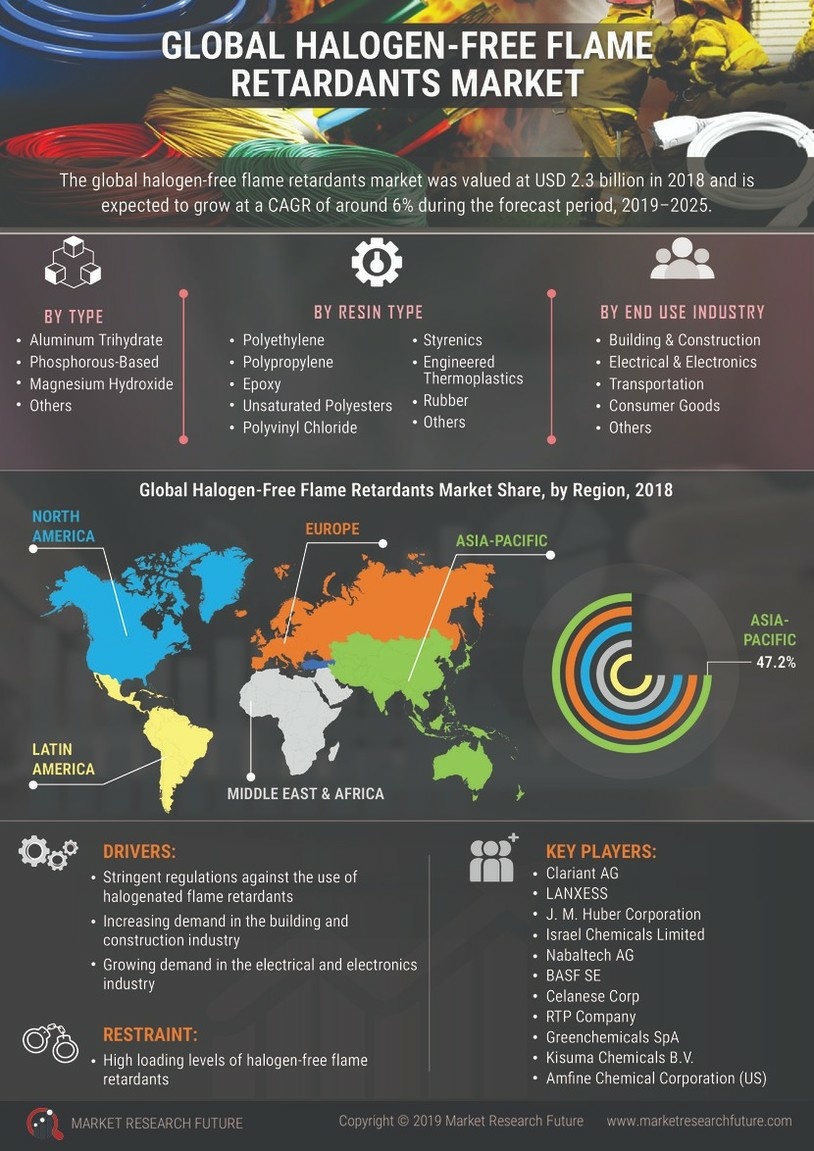

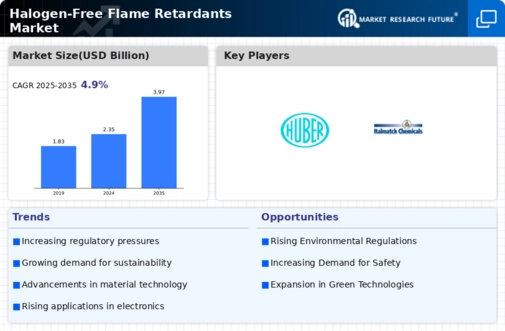
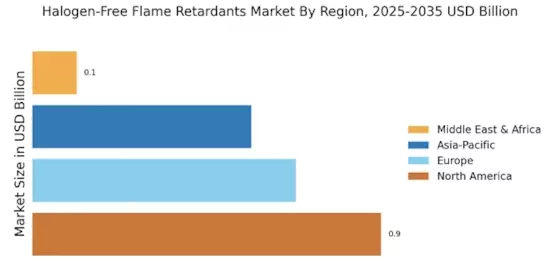
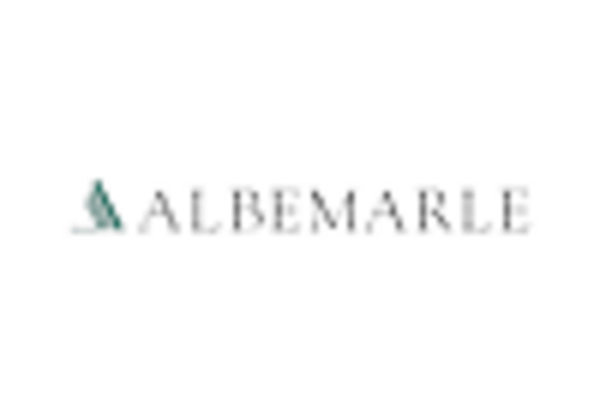

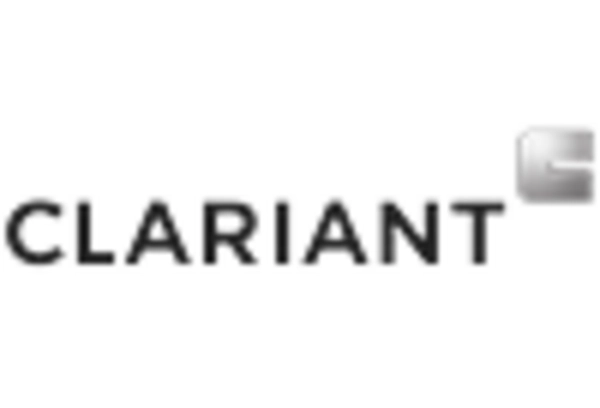
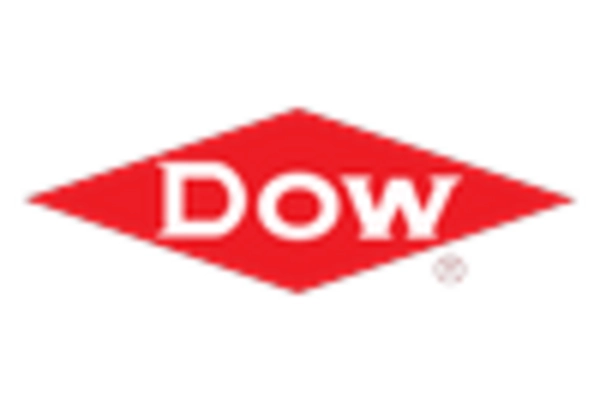
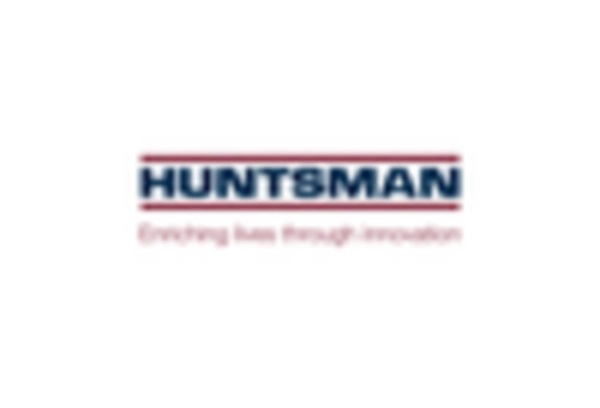
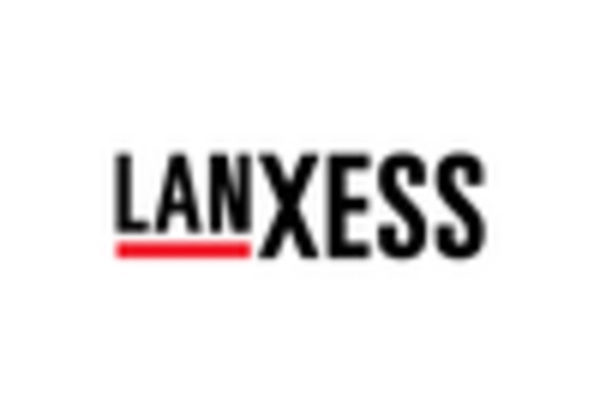








Leave a Comment